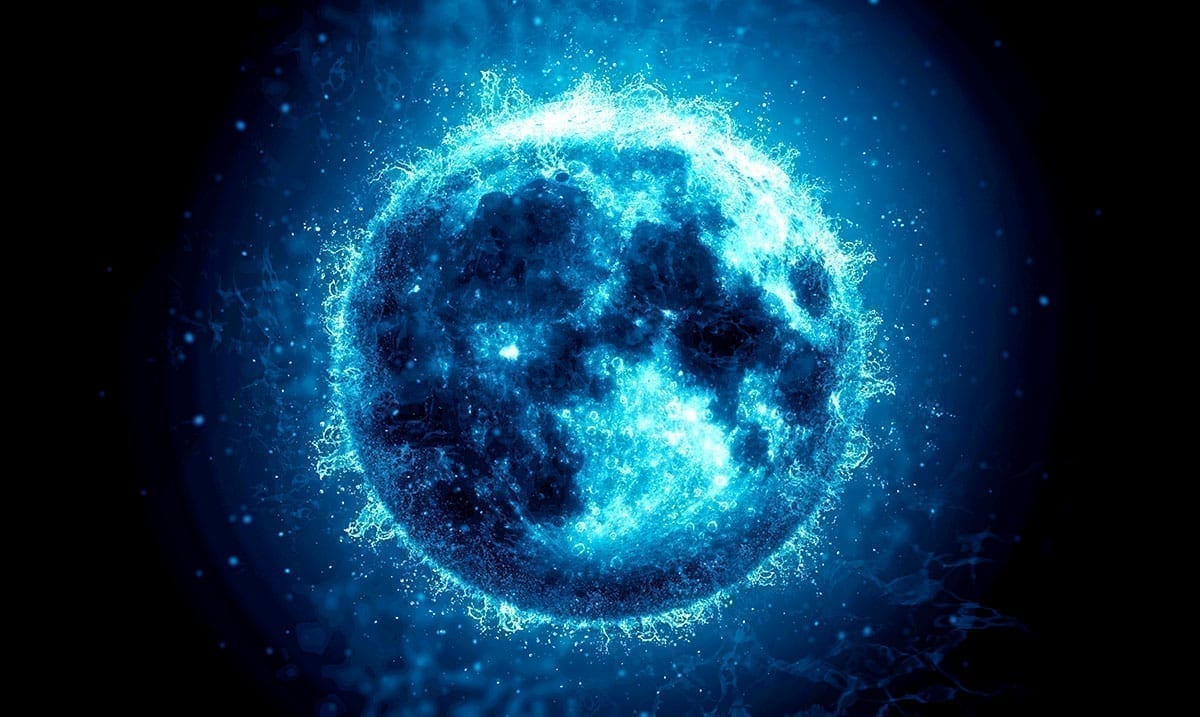Research coming from scientists at Iowa State as well as the University of Colorado seem to have uncovered something quite interesting. According to their findings, the planet we call our home was once covered with nothing but water.
Their findings were published in the journal Nature Geoscience and through it, they examined samples of the seafloor found in Australia. Through these samples, they were able to note that it seems chemical clues point to the planet having been a ‘Waterworld’ of sorts. Sure, when you think of ancient times you would assume the continents would be closer together but perhaps before all of that, there were none at all.
The lead author on this study Benjamin Johnson told Live Science as follows about these findings:
“There are two major camps for the origin of life: hydrothermal vents and ponds on land,”
“If your work is accurate, it means the number of environments on land for life to emerge and evolve was really small or absent until sometime after 3.2 billion years ago.”
The scientists working on this study spent their time focusing on different types of oxygen that seaweed had carried into the crust of the samples they covered. They analyzed different amounts of two specific isotopes and notes that seaweed contained more oxygen-18 when the crust was formed back over 3 billion years ago. This leading them to believe that our planet had little to no continents back then and that when they began to form that they absorbed the ocean’s heavy oxygen isotopes.
The abstract of this study is as follows:
The origin and evolution of Earth’s biosphere were shaped by the physical and chemical histories of the oceans. Marine chemical sediments and altered oceanic crust preserve a geochemical record of these histories. Marine chemical sediments, for example, exhibit an increase in their 18O/16O ratio through time. The implications of this signal are ambiguous but are typically cast in terms of two endmembers (but not mutually exclusive) scenarios. The oceans may have been much warmer in the deep past if they had an oxygen isotope composition similar to that of today. Alternatively, the nature of fluid-rock interactions (including the weathering processes associated with continental emergence) may have been different in the past, leading to an evolving oceanic oxygen isotope composition. Here we examine approximately 3.24-billion-year-old hydrothermally altered oceanic crust from the Panorama district in the Pilbara Craton of Western Australia as an alternative oxygen isotope archive to marine chemical sediments. We find that, at that time, seawater at Panorama had an oxygen isotope composition enriched in 18O relative to the modern ocean with a δ18O of 3.3 ± 0.1‰ VSMOW. We suggest that seawater δ18O may have decreased through time, in contrast to the large increases seen in marine chemical sediments. To explain this possibility, we construct an oxygen isotope exchange model of the geologic water cycle, which suggests that the initiation of continental weathering in the late Archaean, between 3 and 2.5 billion years ago, would have drawn down an 18O-enriched early Archaean ocean to δ18O values similar to those of modern seawater. We conclude that Earth’s water cycle may have gone through two separate phases of steady-state behavior, before and after the emergence of the continents.
Basically, if there were any continents present on the Earth back then they were microcontinents compared to what we have now. It was nowhere near like the Earth we know in this date and time. While we still do not know when the first continents were formed this is a very interesting find.

